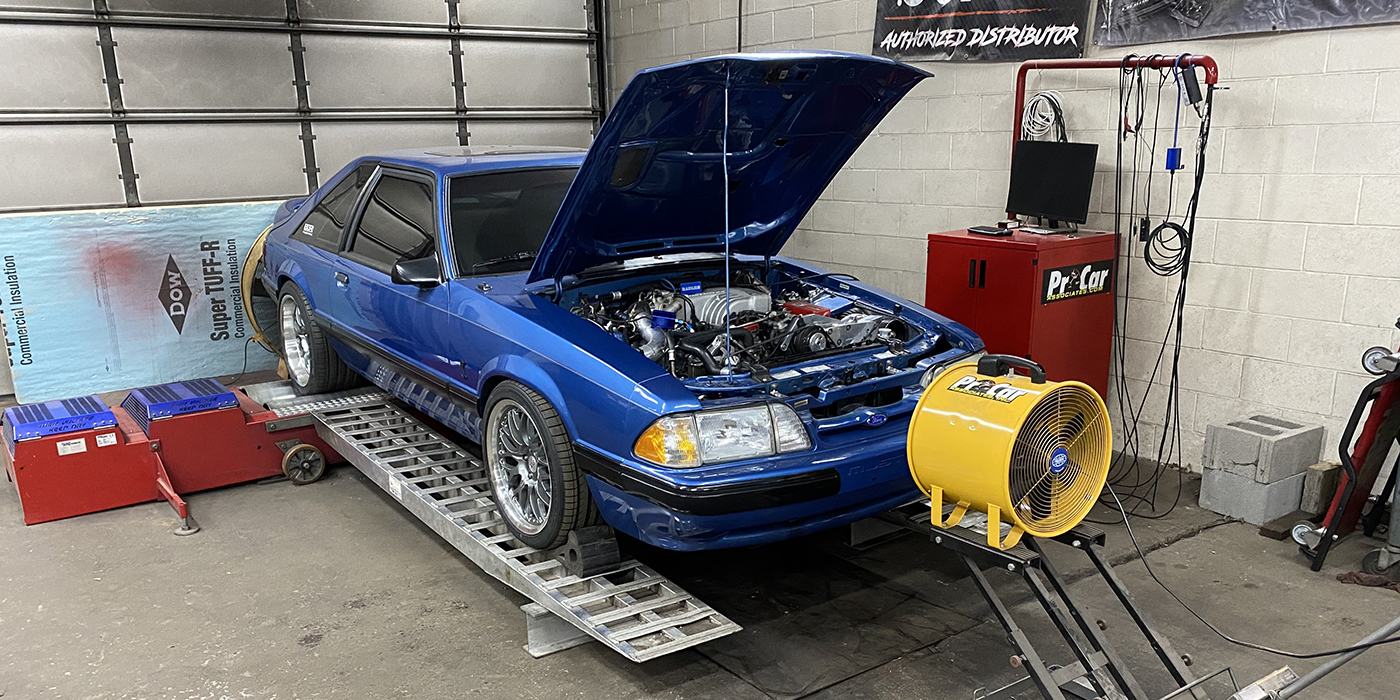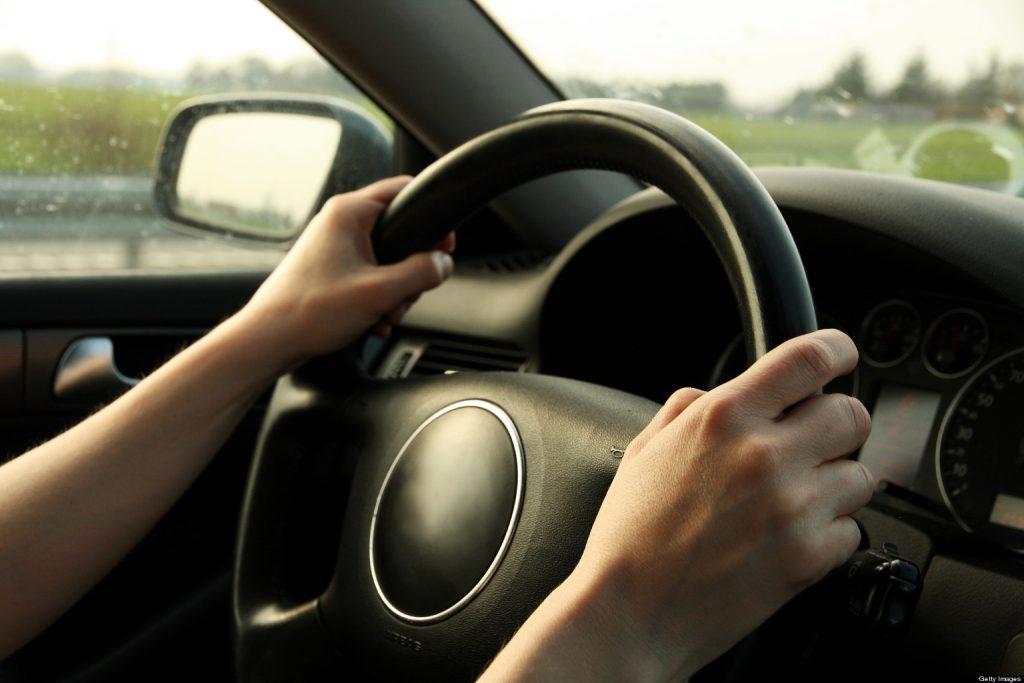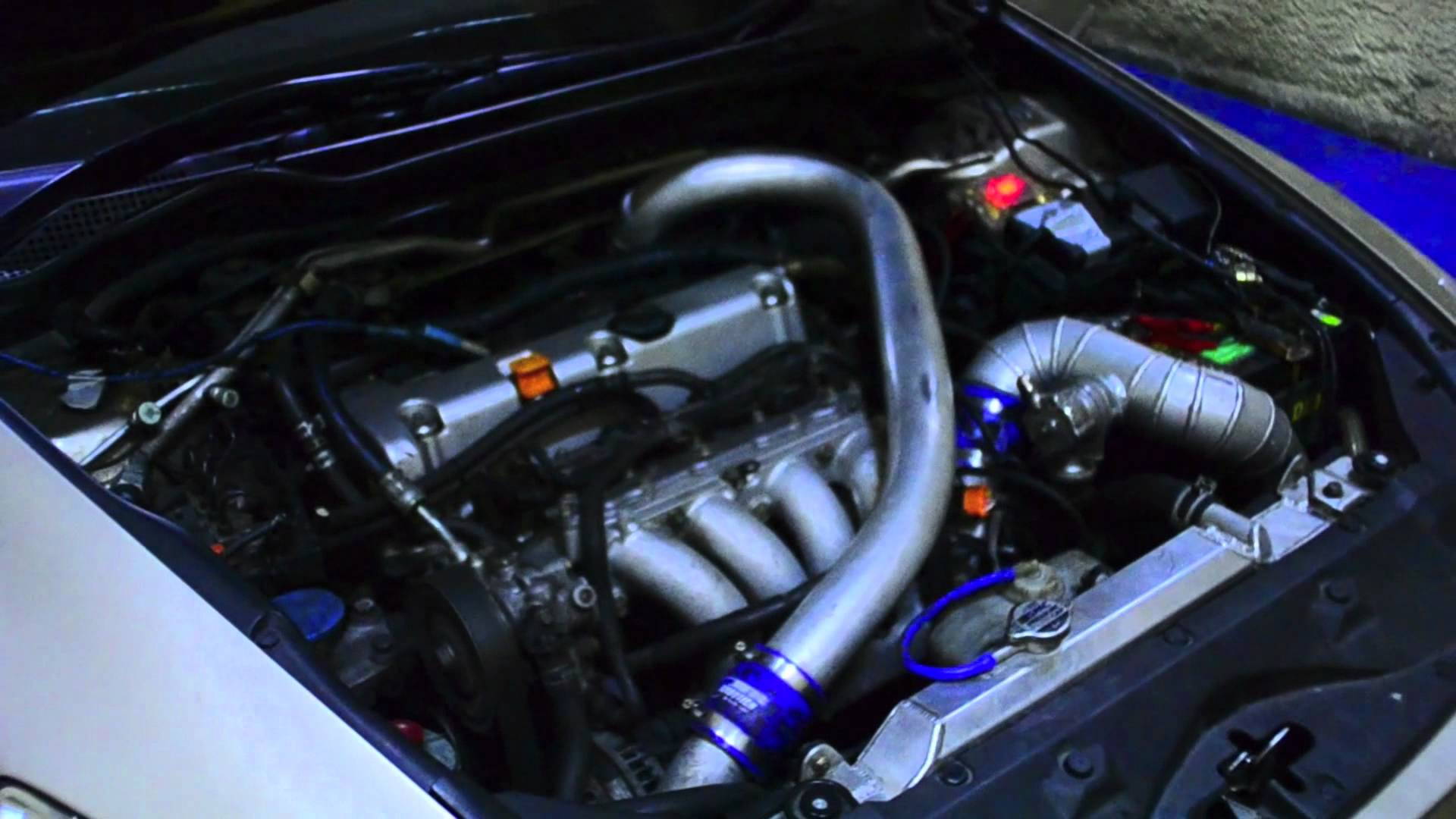Horsepower vs. Wheel Horsepower: What’s the Difference?
Surely you’ve seen videos online that show cars having their horsepower and torque measured on a chassis dyno. Often the power measured is substantially lower than the car’s factory power ratings and the host declares foul play on the part of the vehicle’s manufacturer.
Um, wrong. Don’t hit the Like button. Don’t subscribe.
The “expert host” clearly doesn’t understand, or is trying to win clicks, by highlighting the difference between measurements on an engine dyno vs. a chassis dyno. It’s an apples-to-oranges comparison.
An engine dyno measures a car’s factory horsepower and torque ratings. A chassis dyno measures its “wheel horsepower” and “torque at the wheels.” They are very different things.
Here we’ll explain the difference.
Crank Power vs. Wheel Power
Every car’s factory horsepower and torque ratings are derived from testing on an engine dynamometer or “dyno” for short. The power-measurement test process adopted by all the major automakers is defined by the Society of Automotive Engineers (SAE) and includes adherence to precise guidelines in order to ensure a valid and consistent result that’s comparable from vehicle to vehicle across the industry.
A key factor here is that engine dynos bolt directly to the engine’s crankshaft output flange. The engine is not installed in a car, so there is no transmission, driveshaft, differential, axles, wheel bearings, CV joints or tires involved. All of these items consume power to varying degrees, and their cumulative consumption is called “drivetrain loss.”
On the other hand, a chassis dyno measures the engine’s power minus the drivetrain loss. These measurements, commonly called “wheel horsepower” and “torque at the wheels”, report how much of your engine’s output is reaching the road.
When it comes to drivetrain loss, a general rule of thumb is about 10-15% of the factory horsepower and torque ratings. Older cars, especially older cars with automatic transmissions, will exhibit higher drivetrain loss, closer to 20%.
For example, a modern car rated at 300 hp and 350 lb.-ft. or torque by its manufacturer can be expected to produce about 255 wheel horsepower and 297 lb.-ft. or torque at the wheels on a chassis dyno. That difference should come as no surprise to the host of any reputable video.

Drivetrain Loss
Different drivetrain layouts induce different amounts of loss. Compared to a two-wheel drive car, an all-wheel drive car will often have more drivetrain loss to contend with, since it’s dealing with more stuff: a transfer case, at least one additional differential, two more axles, wheel bearings, tires and so on.
Even the orientation of the engine and transmission affects drivetrain loss. A front-wheel drive car with a transverse layout forms a more direct path from its engine to the wheels than does a longitudinal setup, making the transverse layout more efficient.
Furthermore, old-school automatic transmissions have non-lockup torque converters that sap more power than the lockup converters of modern autoboxes, which also benefit from having more efficient pumps.
Many Factors Affect Chassis Dyno Results
Beyond the vehicle’s drivetrain layout, many other factors can also affect the power measured by a chassis dyno, including:
- The type of dyno (tire rollers or bolted to the hubs)
- The brand of dyno
- The calibration of the dyno
- Which transmission gear is used for testing
- The type of weather correction applied
- How hot and, therefore, thin are the car’s fluids (engine oil, transmission fluid, gear oil)
- Even the duration of the test can alter the result
Proper engine cooling is another factor. Since the car is stationary, large cooling fans should be placed in front of the vehicle’s grille. However, turbocharged cars can produce skewed results on a chassis dyno depending on the size of their intercooler and how well the fans are positioned.
When to Chassis Dyno
A DIYer can rent time on a chassis dyno (Check around at your local shops for the rates.) to get a pretty accurate idea of whether their car is producing the power it should. Especially before and after modifications.
Is that cold air intake snake oil or is it really making power? A chassis dyno will tell you.
First you’ll need to establish your car’s baseline power as measured at the wheels, so perform a few dyno pulls to achieve a stable and repeatable result. Then, after installing your mods, test again.
For the most accurate before-and-after comparison, the car should stay strapped to the dyno while the mods are installed. This isn’t always possible, so to get comparable data it’s critical that you return to the same shop and use the same chassis dyno as the first time, with the same settings as before and the same testing procedure, including:
- The same gear in the transmission
- The same tire pressures
- The same amount of tension in the straps securing the car to the dyno
- Similar weather

Again, do a few pulls until the power stabilizes.
And remember, if your aftermarket modifications promised an increase of 30 hp, ask the manufacturer of the part you purchased where that number is measured. If the answer is “at the wheels,” you should expect to see 30 additional horsepower on the chassis dyno. But if the aftermarket manufacturer says, “at the engine,” the company is playing games with drivetrain loss to advertise a higher number that won’t fully materialize where the rubber meets the road.


